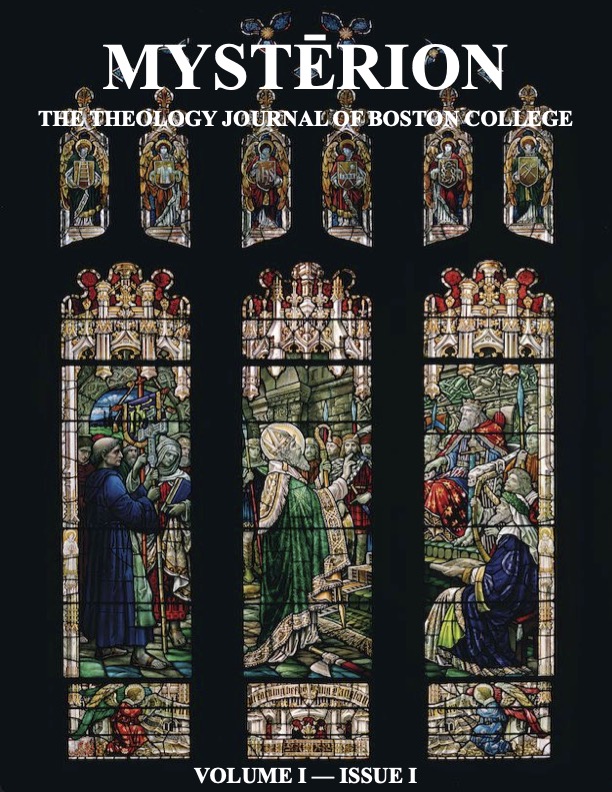Fearful Tension: The Salem Witch Trials
Keywords:
Salem Witch Trials, Feminism, neo-Marxism, Historiography, CapitalismAbstract
In 1692, Salem, Massachusetts descended into witchcraft paranoia on a scale unprecedented in North America. Before authorities could quell the frenzied witch-hunt, over two hundred people had been accused of witchcraft and around twenty-five had been executed. What caused Salem to erupt into such unprecedented and senseless violence? This historiographical essay seeks to analyze three different books about the witch trials—Paul Boyer and Stephen Nissenbaum’s Salem Possessed, Carol F. Karlsen’s The Devil in the Shape of a Woman, and David D. Hall’s Worlds of Wonder: Days of Judgement—in order to answer this elusive central question. The paper begins with an introduction of the central focuses of each author. Boyer and Nissenbaum focus on the rise of capitalism and the accompanying social tensions, Karlsen focuses on the role of misogyny, and Hall focuses on the role of popular folklore and fears of societal declension. After introducing the sources, this paper puts them in dialogue and then offers an ideal synthesis of their central ideas. It will argue that truly understanding the Salem Witch Trials requires balancing the colonists’ religious fears with their underlying social and economic motives.
Downloads
Published
Issue
Section
License
Copyright (c) 2021 Connor Thomson

This work is licensed under a Creative Commons Attribution-NonCommercial 4.0 International License.


